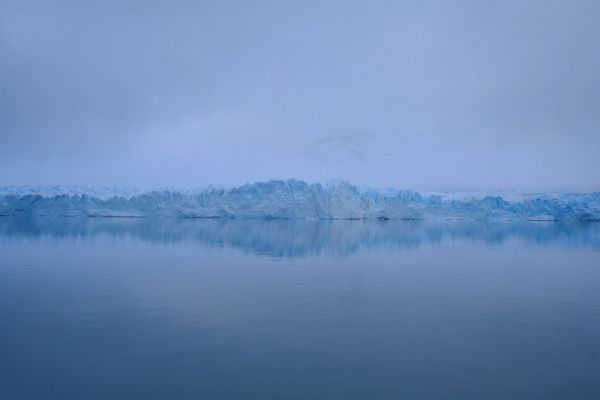Glaciologists at the University of California, Irvine and NASA’s Jet Propulsion Laboratory have examined the dynamics underlying the calving of the Delaware-sized iceberg A68 from Antarctica’s Larsen C ice shelf in July 2017, finding the likely cause to be a thinning of ice melange, a slushy concoction of windblown snow, iceberg debris and frozen seawater that normally works to heal rifts.
In a paper published today in Proceedings of the National Academy of Sciences, the researchers report that their modeling studies showed melange thinning to be a major driver of ice shelf collapse. The circulation of ocean water beneath ice shelves and radiative warming from above, they say, gradually deteriorate ice melange over the course of decades.
As ice shelves are thought to buttress and prevent land-borne glaciers from more rapidly flowing into the ocean, this new knowledge about rift dynamics illuminates a previously underappreciated link between climate change and ice shelf stability.
“The thinning of the ice melange that glues together large segments of floating ice shelves is another way climate change can cause rapid retreat of Antarctica’s ice shelves,” said co-author Eric Rignot, UCI professor of Earth system science. “With this in mind, we may need to rethink our estimates about the timing and extent of sea level rise from polar ice loss – i.e., it could come sooner and with a bigger bang than expected.”
Read more at University of California - Irvine
Photo Credit: Free-Photos via Pixabay


